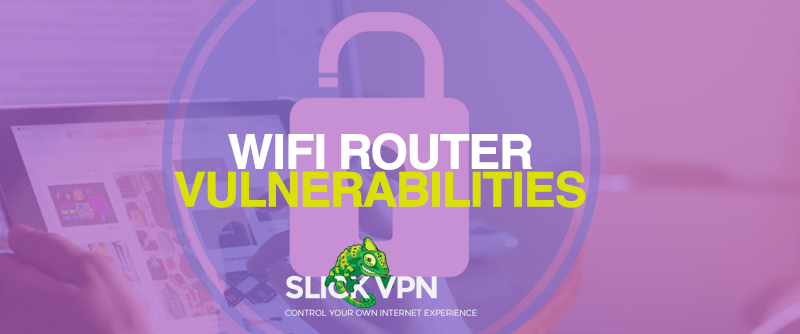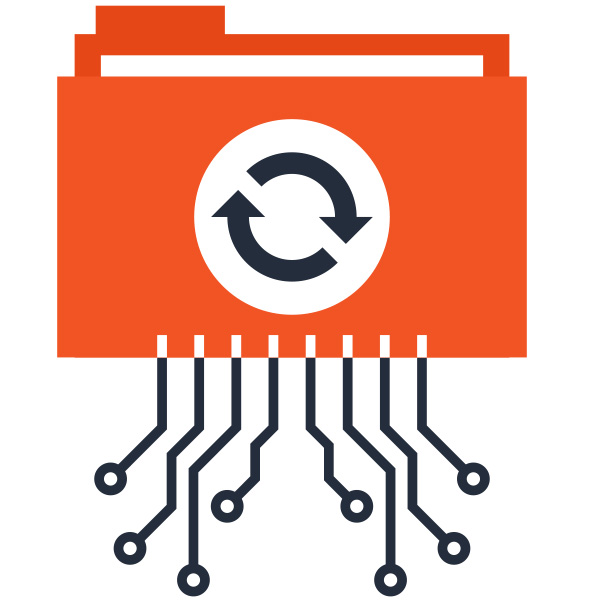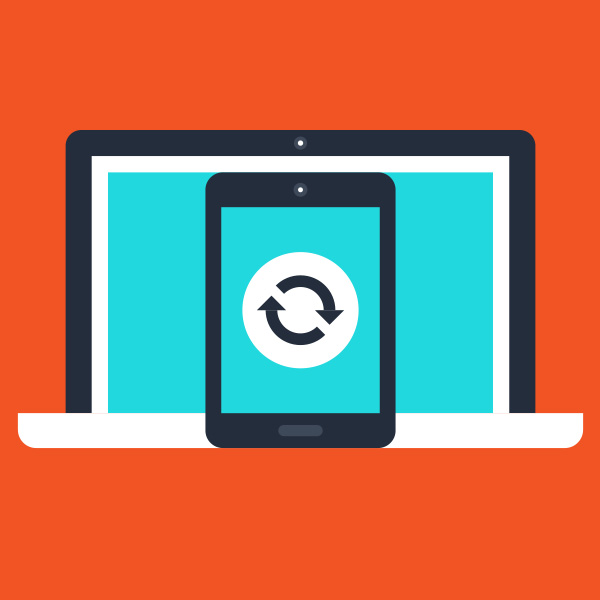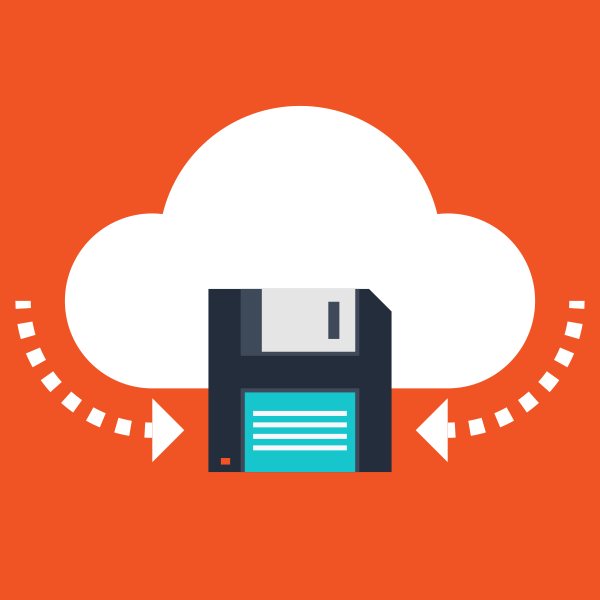
Many Devices on Wi-Fi Vulnerable to KRACK attack.
Use Wi-Fi much?
You might have been ‘KRACKED,’ even if you never use Wi-Fi outside of your own secure network.

What is a KRACK attack?
Well you should first know that it’s got Apple, Google, Microsoft, and other high-tech companies scrambling because it’s a major Wi-Fi security vulnerability. This flaw is so serious that anyone using wireless internet can be attacked—and hacked.
The name KRACK comes from Key Reinstallation Attacks (KRACK), which means technically that saying “KRACK attack” is redundant… like “PIN number.” But semantics aside, what makes this worth paying attention to is that it is a “protocol-level issue.” That means in plain English—it’s a flaw with the Wi-Fi standard itself. At its core, the security problem lies in the WPA2 (or Wi-Fi Protected Access II) encryption—the kind used on all modern-day routers.
Experts say this weakness can allow hackers to not only eavesdrop to communications being sent over Wi-Fi, but also to actually inject malware, viruses, and other bad stuff into devices that are connected to the Wi-Fi.
The vulnerabilities were revealed on March 16th, 2017 by Mathy Vanhoef, a researcher at the Katholieke Universiteit Leuven in Belgium. Vanhoef said,
“Attackers can use this novel attack technique to read information that was previously assumed to be safely encrypted,” Vanhoef wrote on the site. “This can be abused to steal sensitive information such as credit card numbers, passwords, chat messages, emails, photos, and so on.”
Now some tech companies have announced patches in place to deal with the exploit. Microsoft revealed that it released patches for Windows to guard against potential vulnerability in the WPA2 protocol—the one used in wireless networks. All versions of Windows still supported by Microsoft received the update: Windows 7, Windows 8.1, Windows 10, Windows Server 2008, Windows Server 2012 and Windows Server 2016:
“Microsoft released security updates on October 19 and customers who have Windows Update enabled and applied the security updates are protected automatically. We updated to protect customers as soon as possible, but as a responsible industry partner, we withheld disclosure until other vendors could develop and release updates.”
However, Microsoft also had a warning:
“To fully address potential vulnerabilities, you are also encouraged to contact your Wi-Fi hardware vendor to obtain updated device drivers.”
Apple also says it has fixed the issue in some iOS versions, including iOS software for iPhones, Apple Watch software, and Apple Mac software.
But it’s safe to say KRACK still has the tech companies scrambling.

Let’s consider a few things:
- This security flaw affects WPA2—the standard for Wi-Fi previously thought secure
- This vulnerability was or is there no matter how strong your Wi-Fi password is
- KRACK existed before any patches were created by technology companies, and even now not all devices are secure on all Wi-Fi networks

The Solution?
If you were using a VPN before when connected to Wi-Fi, you’re good. And if you weren’t already protected by a VPN, you may have been compromised.
This alone should be enough to convince you to use a VPN for the future.
Even while connected to public Wi-Fi, a quality VPN service will ensure that any data you send over Wi-Fi is encrypted and private. This is because a VPN service like http://SlickVPN.com protects you by creating an encrypted tunnel through which all internet traffic is routed.
What’s more, your IP address is hidden– and if the attacker can’t see your IP address, they can’t attack it.
Even better– personal information that might be stored in your internet connected equipment is also protected.
So your private data remains secure… and your online activity remains private.

It’s a great time to get SlickVPN.
- Make yourself completely anonymous online, with private surfing
- Protect yourself from KRACK (attacks) with super-strong encryption
- Get blazing fast on computer, tablet, laptop, or mobile phone
Control your own internet experience and protect yourself— today, tomorrow, and anytime you’re online in the future.

